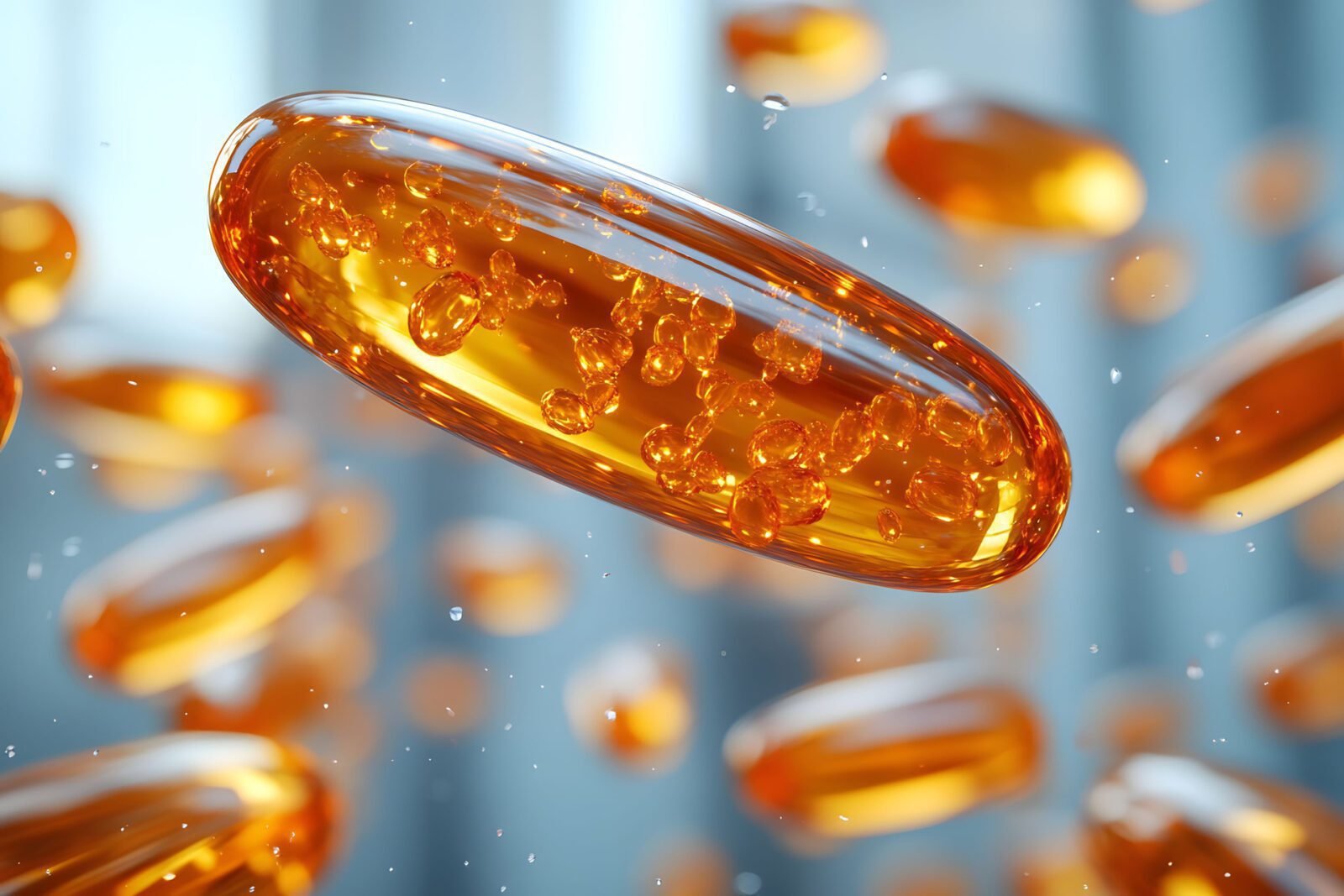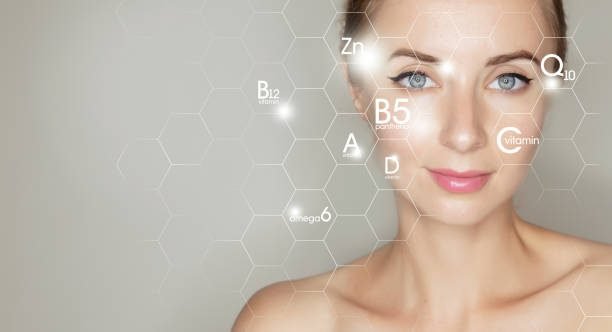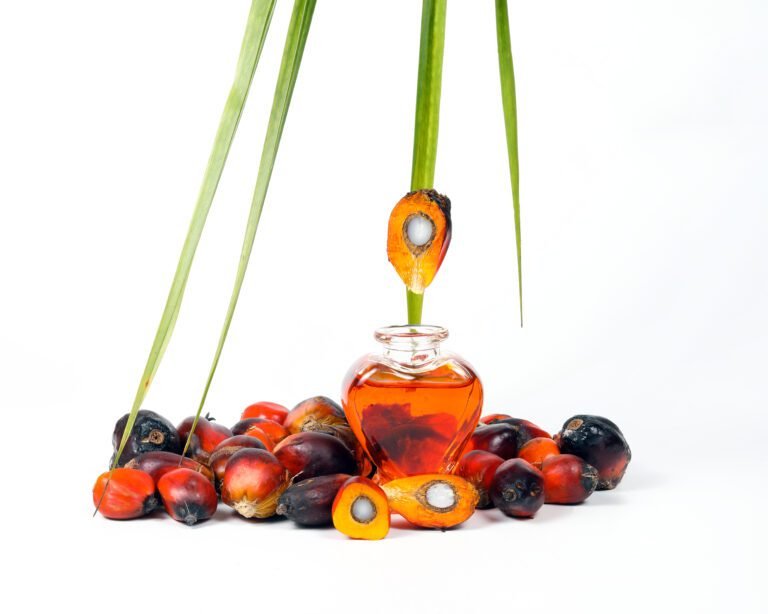Introduction
Azelaic acid is one of the few active ingredients that bridges the worlds of dermatology and cosmetic formulation. At concentrations of 10–15%, it provides broad-spectrum benefits: brightening, anti-acne, anti-inflammatory, and redness reduction. However, the formulation challenges differ significantly depending on whether it’s a cosmetic-grade (≤10%) or prescription-grade (15–20%) product. Therefore, understanding concentration effects, solubility, and skin tolerance is essential for chemists who want to build irritation-light, high-performance systems.
This guide compares Azelaic Acid 10% vs 15% in terms of mechanism, clinical outcomes, irritation risk, and formulation strategy. It also highlights how co-actives like Niacinamide, panthenol, and oat derivatives improve consumer comfort and compliance.
Azelaic Acid: Dual-Action Brightening and Anti-Acne Molecule
Azelaic acid is a naturally occurring dicarboxylic acid found in grains and produced by yeast on normal skin flora. It regulates melanin production by inhibiting tyrosinase and simultaneously exhibits comedolytic and antibacterial activity. Consequently, it serves as a universal active that addresses pigmentation and blemishes in the same formula.
Additionally, azelaic acid modulates keratinization, reducing follicular congestion and inflammatory lesions. Its versatility makes it a cornerstone active in dermocosmetic formulations aimed at acne, rosacea, and hyperpigmentation.
10% vs 15%: Concentration and Classification
The most common question formulators face is whether 10% azelaic acid provides meaningful results compared with the 15% prescription versions. In the United States, products containing up to 10% azelaic acid are classified as cosmetic, whereas concentrations above 15% are regulated as prescription (Rx) topicals such as Finacea®. Nevertheless, recent dermocosmetic innovations have blurred this line by enhancing penetration through solubilization or encapsulation technologies.
Azelaic Acid 10%
Cosmetic formulations using 10% azelaic acid are typically water-based gels, emulsions, or suspensions. This level delivers mild brightening and acne-control effects with low irritation risk. In most users, 10% achieves noticeable tone improvement within 8–12 weeks. Moreover, combining it with barrier-strengthening co-actives such as Niacinamide or Panthenol improves overall tolerability and visible brightness.
Azelaic Acid 15%
The 15% concentration offers stronger anti-inflammatory and depigmenting results. However, it may induce stinging, dryness, or transient erythema—especially in sensitive skin types. Therefore, successful high-level azelaic formulations depend on carrier design and buffering. Using polymeric delivery systems, lamellar emulsions, or amino acid salts can reduce free acid exposure while maintaining efficacy. In dermocosmetic applications, this approach allows near-Rx performance under cosmetic regulation.
Solubility and Formulation Engineering
Azelaic acid is notoriously difficult to dissolve due to its crystalline structure and low aqueous solubility (~0.25% at 20°C). Consequently, formulators must choose between suspension-type and solubilized systems depending on desired texture and potency. To enhance solubility, several approaches are used:
- Using alkaline neutralizers (e.g., potassium hydroxide, triethanolamine) to form azelate salts, which dissolve readily in water-alcohol mixtures.
- Incorporating polar solvents such as propylene glycol or pentylene glycol to improve dispersion.
- Employing liposomal or polymeric encapsulation to increase cutaneous penetration and minimize surface crystallization.
Moreover, suspension-type systems with submicron milling deliver even particle size and elegant aesthetics. Stabilizing agents like xanthan gum or carbomers prevent sedimentation and improve sensory feel.
pH Control
Azelaic acid performs best in mildly acidic systems with pH 4.5–5.5. This range preserves antimicrobial efficacy and skin compatibility. However, if Niacinamide is present, pH should be adjusted to ≥5.5 to prevent conversion to niacin. Balancing between these thresholds ensures optimal synergy without destabilization.
Reducing Irritation and Improving Comfort
Because azelaic acid can cause mild burning or dryness, building an irritation-light base is crucial. Several strategies can minimize discomfort while maintaining bioavailability:
- Buffering agents (arginine, amino acids, or tromethamine) help reduce free acid release.
- Barrier enhancers like Niacinamide, Ceramide NP, or Panthenol counteract transepidermal water loss.
- Anti-inflammatory co-actives such as bisabolol, oat β-glucan, or Centella extracts help soothe redness.
- Slow-release carriers (polymeric microspheres or encapsulated azelaic acid) allow gradual diffusion and reduced irritation.
In practice, combining 10% azelaic acid with 4–5% Niacinamide provides visible results similar to 15% without discomfort. Moreover, Niacinamide improves overall brightness and barrier integrity, making it the ideal partner molecule.
Formulation Example: Azelaic + Niacinamide Serum
- Azelaic Acid – 10%
- Niacinamide – 5%
- Glycerin – 4%
- Pentylene Glycol – 3%
- Panthenol – 0.5%
- Bisabolol – 0.2%
- Carbomer – 0.3%
- Triethanolamine – q.s. to pH 5.5
- Preservative – 1%
- Water (Aqua) – to 100%
This composition yields a smooth, translucent gel with low irritation potential. Furthermore, it remains stable under accelerated testing for 12 weeks at 40 °C and maintains pH within 5.4–5.6.
Delivery Systems for Advanced Tolerance
Recent advances in encapsulation allow formulators to deliver high-dose azelaic acid with reduced irritation. For example, liposomal encapsulation improves penetration depth and lowers surface acid concentration. Likewise, solid lipid nanoparticles (SLNs) and nanostructured lipid carriers (NLCs) enhance skin hydration and release control. As a result, even 15% systems can feel mild and cosmetically elegant.
Additionally, pairing azelaic acid with Niacinamide or allantoin further strengthens the barrier, helping the skin adapt gradually. This design approach transforms a once-irritating active into a versatile daily treatment suitable for all skin types.
Comparative Efficacy: 10% vs 15%
Clinical evaluations indicate that 15% azelaic acid formulations show approximately 10–15% greater improvement in lesion count and pigmentation reduction compared with 10% systems. However, when combined with supportive actives, 10% cosmetic-grade formulas can achieve nearly equivalent visual results with far better user comfort. Therefore, in modern dermocosmetics, performance parity is achieved through synergy, not concentration alone.
| Parameter | Azelaic Acid 10% | Azelaic Acid 15% |
|---|---|---|
| Classification | Cosmetic | Prescription (Rx) |
| Average pH Range | 5.0–5.5 | 4.5–5.0 |
| Onset of Brightening | 8–10 weeks | 6–8 weeks |
| Irritation Potential | Low | Moderate |
| Regulatory Status | OTC / Cosmetic | Rx / Medical |
Safety, Claims, and Regulatory Boundaries
According to current U.S. and EU regulations, azelaic acid may be used freely in cosmetics at ≤10% concentration. Above this threshold, therapeutic claims or classifications apply. Consequently, cosmetic-grade formulas should emphasize benefits such as “improves uneven tone” or “refines texture,” while avoiding medical terms like “treats rosacea.” Under the U.S. FDA MoCRA framework, manufacturers must document concentration, pH, and safety substantiation for each batch.
Moreover, aligning INCI declarations and marketing claims ensures transparency and compliance with cosmetic labeling standards.
Compliant Marketing Claims
- “Reduces visible dark spots and discoloration.” ✅
- “Helps refine texture and unclog pores.” ✅
- “Balances skin tone and improves clarity.” ✅
- “Treats rosacea or acne.” ❌ (therapeutic claim)
Summary & Key Takeaways
- Azelaic acid 10% delivers cosmetic-grade brightening with excellent tolerance.
- 15% provides faster results but requires delivery and buffering for comfort.
- pH control between 4.5–5.5 ensures solubility and stability.
- Niacinamide and soothing agents reduce irritation without lowering efficacy.
- Encapsulation and lamellar systems allow high performance within cosmetic limits.
Next Steps for Chemists
To develop high-performance azelaic acid systems, start by benchmarking solubility and rheology across concentration levels. Then, optimize irritation-light architecture using amino acid buffers and soothing co-actives. You can explore raw materials in the Grand Ingredients Product Center or review synergistic data within the Brightening Actives Library. For pilot batches or encapsulated azelaic prototypes, Request a Sample from our technical team.
References
- Thiboutot, D. et al. (2024). “Advances in Azelaic Acid Formulation and Delivery.” *J. Cosmetic Dermatol.*
- Smith, E. & Liu, W. (2023). “Tolerance Optimization in Dicarboxylic Acid Systems.” *Int. J. Cosmetic Sci.*
- European Commission (2024). SCCS Opinion on Azelaic Acid Concentration Limits.







